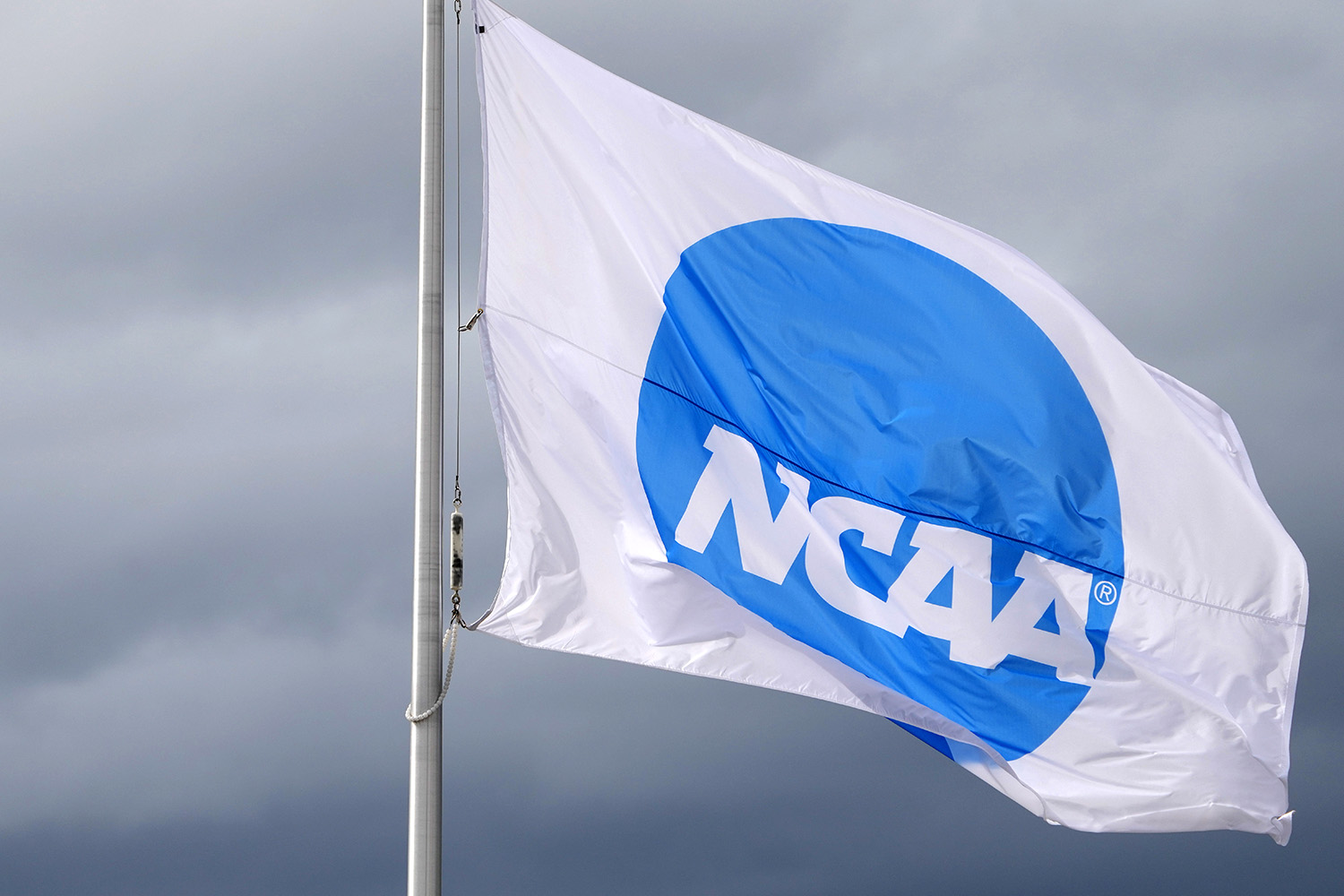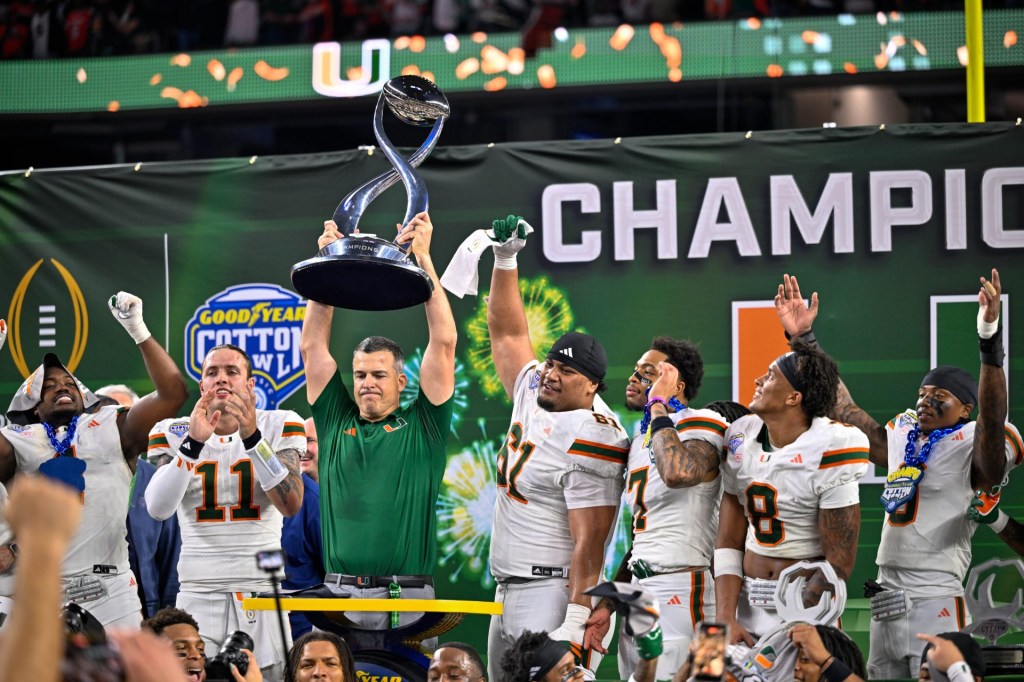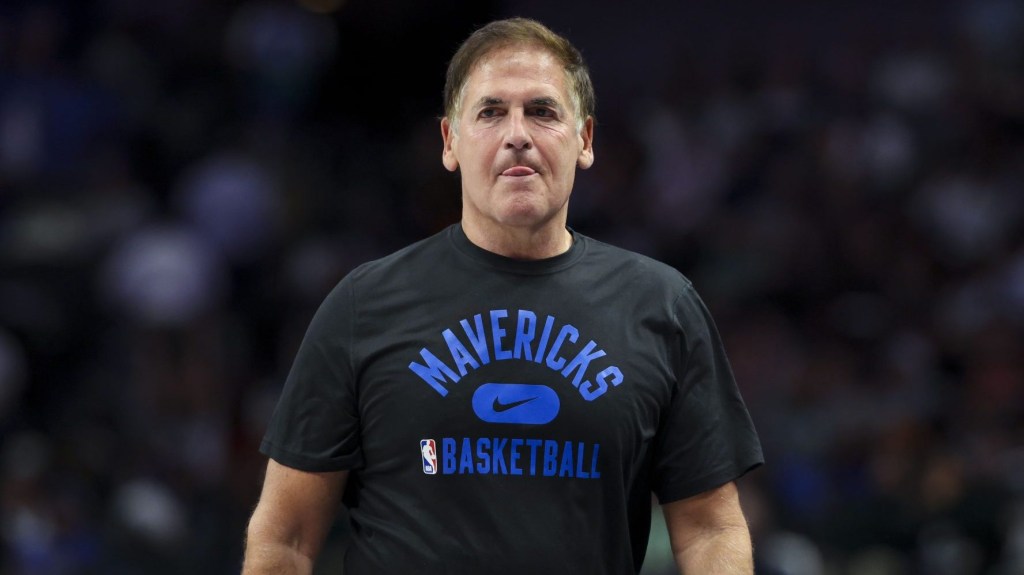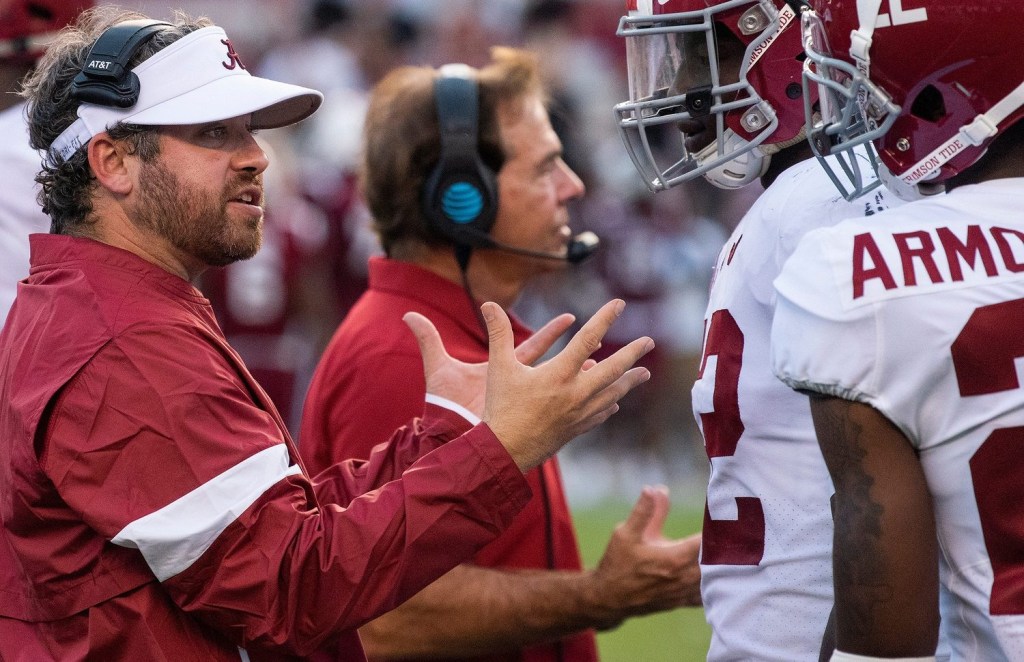On Friday, the trial is slated to begin in Alana Gee v. NCAA — a case that could finally hand down a ruling on the NCAA’s culpability with traumatic brain injuries.
Jury selection finished on Thursday afternoon, and opening arguments will begin Friday morning Pacific Time. The trial, which will take place in Los Angeles Superior Court, will also be livestreamed.
Alana Gee is suing the governing body on behalf of her late husband, Matthew Gee, who played football for USC between 1988-92 and died in 2018. Alana is suing the NCAA for negligence and wrongful death, claiming Gee’s death resulted from the head injuries he suffered at USC that caused CTE — and that the NCAA failed to protect him.
“We believe that the NCAA has, for decades, hidden the CTE-related risks of college football from student-athletes like Matt Gee,” Todd Logan, a partner at Edelson PC and member of the legal team, told Front Office Sports in early October. “This trial will begin to shed a light on the NCAA’s wrongful conduct.”
The NCAA vehemently denies all allegations in court documents.
- First, it says there’s no evidence Gee’s death resulted from CTE — it suggests the main culprit was substance use disorder.
- But even if Gee’s death was related to CTE, the NCAA denies there’s proof that CTE came from college football.
- The NCAA — as well as the rest of the population — said it had a much more limited understanding of head injuries at the time Gee played.
- But even still, Gee knew of any risks associated with playing football when he stepped onto the field. If there was negligence, the NCAA said, it would rest at the feet of USC.
“The NCAA did not voluntarily undertake a legally cognizable duty of care to protect the health and safety of every individual student-athlete around the country,” its trial brief reads. “That specific duty was retained by the member schools, including USC.”
If Gee wins, the NCAA could be forced to pay hundreds of millions in damages, and could face a deluge of future concussion lawsuits.
It could also be incentivized to tighten its currently flimsy concussion protocols, which require schools to have concussion protocols but don’t enforce them.


















